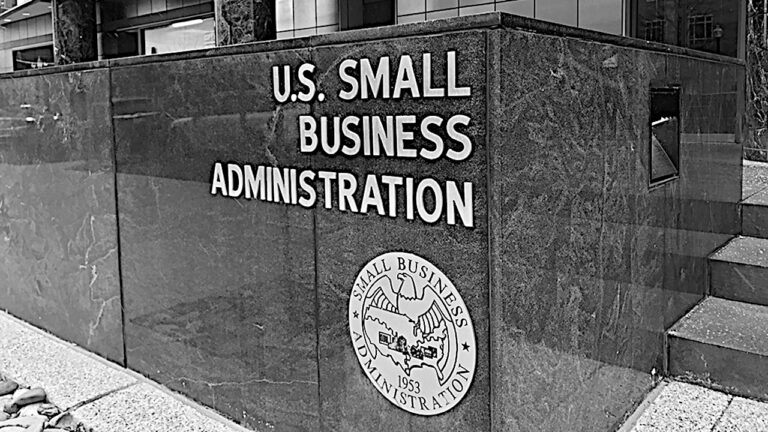
Diners are flocking back to restaurants after the Centers for Disease Control eased its guidance on mask-wearing for vaccinated Americans. But a shortage of available workers is throwing a wet towel on newfound enthusiasm to get out and mingle. CREDIT KATHARINE CARLON
When the Centers for Disease Control opened the floodgates May 13 to vaccinated Americans getting out and congregating, many who had ordered out or cooked at home for 14 long, lonely months heaved a sigh of relief. Then they dialed up their favorite restaurant to make a celebratory reservation.
Restaurant owners are more than anxious to welcome them back. The catch is, they can’t – at least not easily.
After…

Want to Read More?
Get immediate, unlimited access to all subscriber content and much more.
Learn more in our subscriber FAQ.
Do you want to read and share this article without a paywall?







